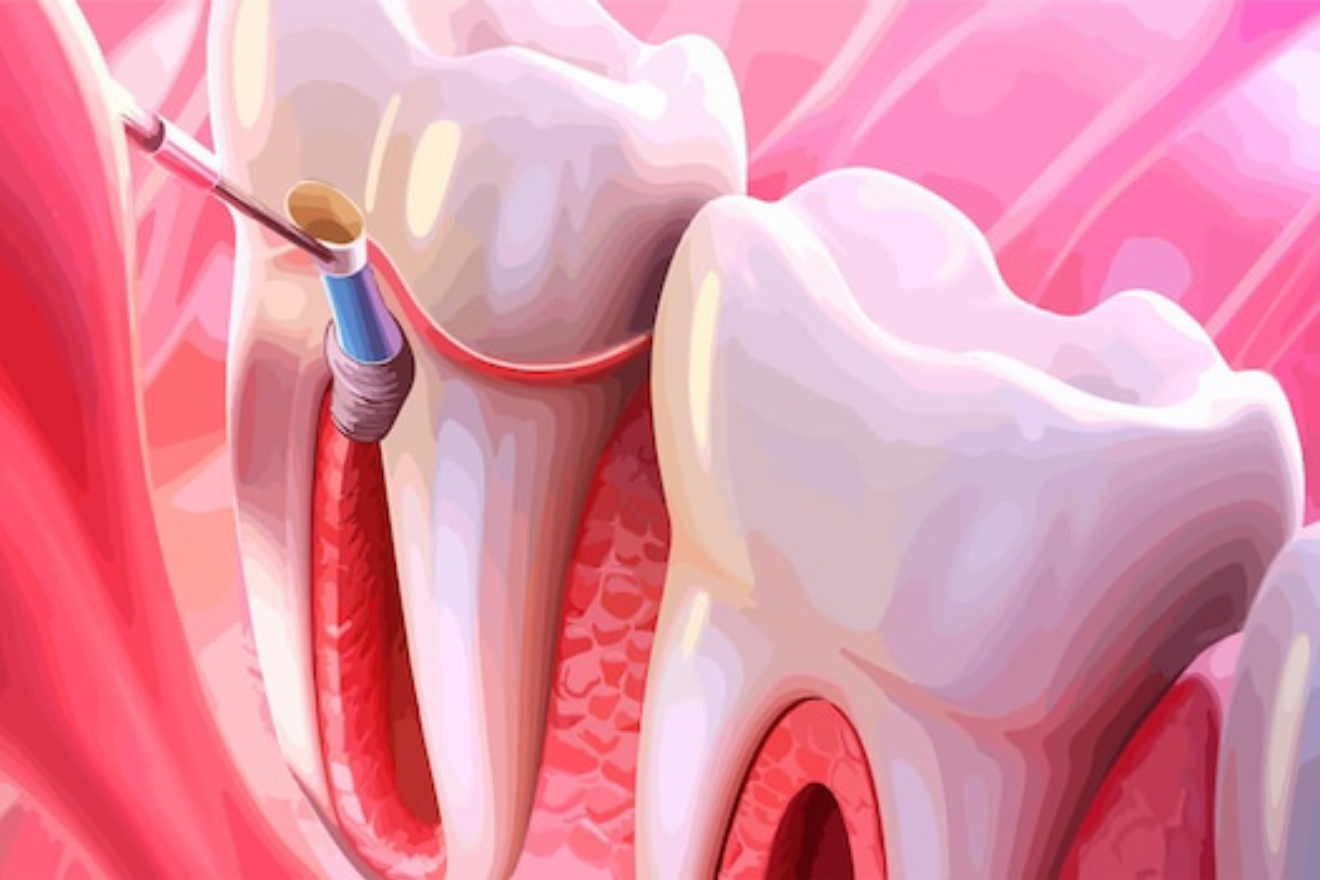Comprehensive Overview of Root Canal Treatment
Root canal treatment is a crucial procedure in modern dentistry aimed at saving teeth that are severely infected or damaged. This treatment addresses issues within the tooth’s pulp and root, allowing for the preservation of the natural tooth and preventing the need for extraction. Here’s an in-depth look at root canal treatment, including its purpose, procedure, benefits, and aftercare.
What is Root Canal Treatment?
Root canal treatment, also known as endodontic therapy, involves the removal of infected or damaged tissue from within the tooth’s pulp chamber and root canals. This procedure helps to eliminate infection, relieve pain, and restore the tooth’s function.
Reasons for Root Canal Treatment
- Deep Decay: When tooth decay extends beyond the enamel and dentin into the pulp chamber, a root canal is necessary to remove the infection and restore the tooth.
- Repeated Dental Procedures: Multiple procedures on a single tooth can cause pulp irritation or damage, making a root canal necessary to save the tooth.
- Cracked or Chipped Teeth: A crack or chip in a tooth can expose the pulp to bacteria, leading to infection and the need for root canal treatment.
- Trauma: Physical injury to a tooth, such as from an accident, can damage the pulp and necessitate a root canal to preserve the tooth.
The Root Canal Procedure
- Diagnosis and Evaluation: Your dentist will conduct a thorough examination, often using X-rays, to assess the extent of damage or infection in the tooth. This helps in planning the root canal procedure.
- Anesthesia: Local anesthesia is administered to numb the affected tooth and surrounding area, ensuring a pain-free experience during the procedure.
- Tooth Access: An opening is made in the top of the tooth to access the pulp chamber and root canals. This allows for the removal of infected or damaged tissue.
- Cleaning and Shaping: The dentist will clean and disinfect the canals to remove any bacteria and debris. The canals are then shaped to prepare them for filling.
- Filling: Once the canals are clean and dry, they are filled with a biocompatible material called gutta-percha. This material seals the canals to prevent future infection.
- Restoration: After the root canal, the tooth is restored with a filling or a crown to protect it and restore its normal function and appearance.
Benefits of Root Canal Treatment
- Pain Relief: Root canal treatment alleviates the severe pain associated with pulp infection or damage, providing relief and improving quality of life.
- Tooth Preservation: By saving the natural tooth, root canal treatment helps maintain proper bite alignment and oral function, avoiding the need for extraction and subsequent replacement options.
- Preventing Further Damage: Treating an infected tooth with a root canal prevents the infection from spreading to surrounding teeth and tissues.
Aftercare and Recovery
- Managing Discomfort: Mild discomfort and sensitivity are common after a root canal, but these symptoms can usually be managed with over-the-counter pain relievers or medications prescribed by your dentist.
- Oral Hygiene: Maintaining good oral hygiene is essential to ensure the success of the treatment. Brush and floss regularly, and follow your dentist’s instructions for caring for the treated tooth.
- Dietary Considerations: Avoid chewing hard or sticky foods on the treated tooth until it has been fully restored with a crown or filling.
Potential Complications
While root canal treatment is highly effective, some complications can arise, including:
- Persistent Infection: In rare cases, infection may persist or reoccur, requiring additional treatment.
- Tooth Discoloration: The treated tooth may darken over time, though this can often be managed with cosmetic treatments.
- Structural Weakness: The treated tooth may be more prone to fractures, emphasizing the importance of proper restoration with a crown.
Conclusion
Root canal treatment is a vital procedure designed to save damaged or infected teeth, providing significant relief from pain and preserving oral health. By understanding the reasons for the procedure, the steps involved, and the importance of proper aftercare, patients can better prepare for and benefit from this effective treatment. Always consult with your dentist for personalized advice and follow their recommendations to ensure a successful outcome and long-term dental health.


